
Bentley OpenUtilities is a comprehensive software solution designed for the planning, design, and management of utility infrastructure. It provides utilities and civil engineering teams with tools to model and manage power distribution, water systems, gas pipelines, and telecommunications networks. The platform offers advanced capabilities for designing, analyzing, and optimizing utility networks, making it essential for managing large-scale civil infrastructure projects in the heavy civil sector, such as dams, railroads, airports, ports, highways, and public transit systems.
Key Features:
-
Network Design and Management: OpenUtilities provides a suite of tools for designing and managing complex utility networks, including electrical, water, and gas systems. It allows for the creation of precise utility layouts that can be integrated with broader civil infrastructure projects like airports and highways.
-
GIS Integration: The platform integrates Geographic Information Systems (GIS) to provide geospatial context to utility network designs. This helps engineers visualize utility layouts in real-world environments and understand how they interact with other infrastructure elements, such as roads, bridges, and railways.
-
Load Analysis and Capacity Planning: OpenUtilities allows utility providers and engineers to perform load analysis and capacity planning to ensure that utility networks can meet current and future demand. This is critical for infrastructure projects like airports and ports, where power and water demands are substantial and must be carefully managed.
-
3D Utility Modeling: The platform supports 3D modeling of utility networks, allowing for the visualization of underground and above-ground assets. This improves the accuracy of designs and reduces the risk of utility conflicts during construction, which is especially important for projects like railway and airport expansions.
-
Outage and Risk Management: OpenUtilities includes tools for managing utility outages and assessing risks, helping to ensure the reliability of utility services throughout the construction and operational phases of a project. This feature is critical for airports, railways, and public transit systems where utility disruptions can have significant operational impacts.
-
BIM Workflow Integration: OpenUtilities integrates with Building Information Modeling (BIM) workflows, ensuring that utility network designs are aligned with broader infrastructure designs. This improves collaboration between civil engineers, utility providers, and contractors, leading to more efficient project execution.
-
Regulatory Compliance: The platform includes compliance management tools that ensure utility network designs meet local, state, and federal regulations. This is especially important in heavy civil projects, where compliance with environmental and safety standards is critical.
-
Asset Management: OpenUtilities provides tools for managing and maintaining utility assets over their lifecycle, ensuring that infrastructure remains operational and efficient long after the construction phase is complete. This is particularly useful for large infrastructure projects like dams and public transit systems, where asset management is crucial for long-term sustainability.
Benefits:
-
Improved Utility Network Design: By providing advanced modeling and analysis tools, OpenUtilities ensures that utility networks are designed with precision, reducing the risk of conflicts or failures during construction.
-
Enhanced Collaboration: With its BIM integration and GIS support, OpenUtilities enables seamless collaboration between utility providers, engineers, and civil contractors, ensuring that utility infrastructure is fully integrated into broader infrastructure projects.
-
Increased Efficiency and Reliability: The platform’s load analysis, risk management, and outage management tools help ensure that utility networks are reliable, efficient, and capable of meeting current and future demands.
-
Cost Savings: By optimizing utility designs and improving collaboration, OpenUtilities helps reduce the risk of costly rework and delays, ensuring that infrastructure projects are delivered on time and within budget.
-
Long-Term Asset Management: The platform’s asset management tools help utility providers manage infrastructure assets over their lifecycle, improving maintenance efficiency and reducing operational costs.
Use Cases in Heavy Civil:
-
Dams and Waterways: OpenUtilities is used to design and manage utility networks associated with dam infrastructure, such as power generation and water distribution systems. Its 3D modeling and load analysis tools help ensure that these critical systems are designed to meet the demands of large-scale water management projects.
-
Railroads: The platform’s integration with GIS and BIM workflows makes it ideal for designing utility systems associated with railway infrastructure, such as power and communication lines. OpenUtilities ensures that these systems are fully integrated into the broader design, improving project efficiency and reducing the risk of utility conflicts during construction.
-
Airports: For airport infrastructure projects, OpenUtilities is used to design and manage complex utility networks that support terminal operations, runway lighting, and other essential services. The platform’s load analysis and capacity planning tools help ensure that utility systems can meet the high demands of modern airports.
-
Ports and Harbors: Ports require robust utility systems to support cargo handling, vessel services, and terminal operations. OpenUtilities helps port authorities design and manage these systems, ensuring that power, water, and communication networks are reliable and scalable.
Conclusion:
Bentley OpenUtilities is a powerful platform for the design, management, and optimization of utility networks in large-scale civil infrastructure projects. Its ability to integrate with BIM workflows, perform detailed load analysis, and manage utility assets makes it a critical tool for engineers and utility providers working on projects such as dams, railways, airports, and ports. By improving collaboration, increasing the efficiency of utility networks, and ensuring compliance with regulations, OpenUtilities helps deliver reliable and scalable infrastructure that supports the long-term needs of these vital sectors.
Similar Products
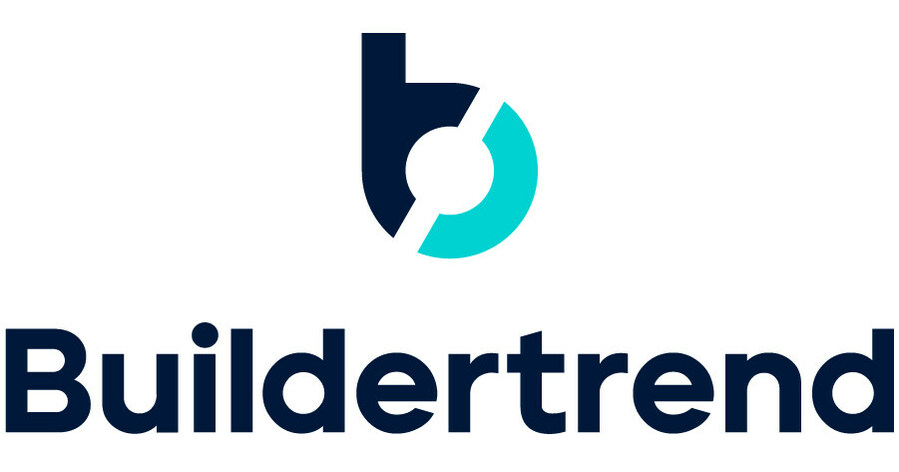
Buildertrend
Buildertrend is one of the most popular cloud-based construction management software solutions desi…
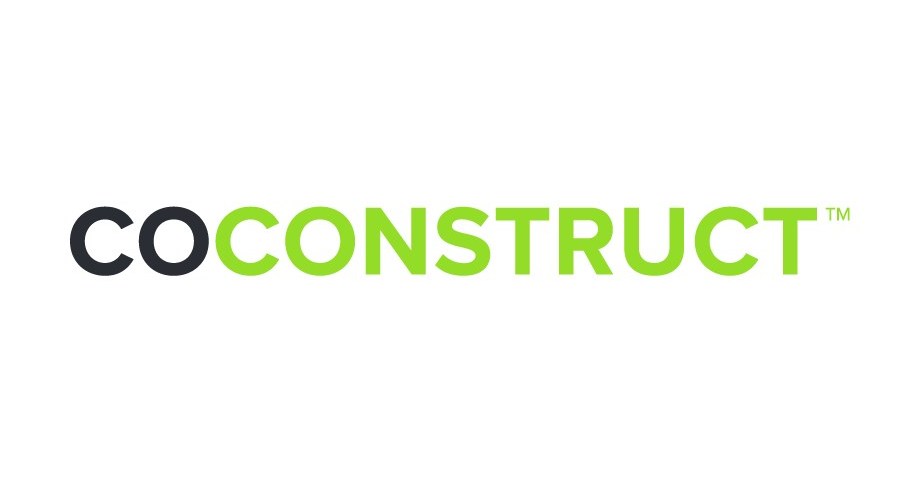
CoConstruct
CoConstruct is a cloud-based construction management software built specifically for custom home bu…
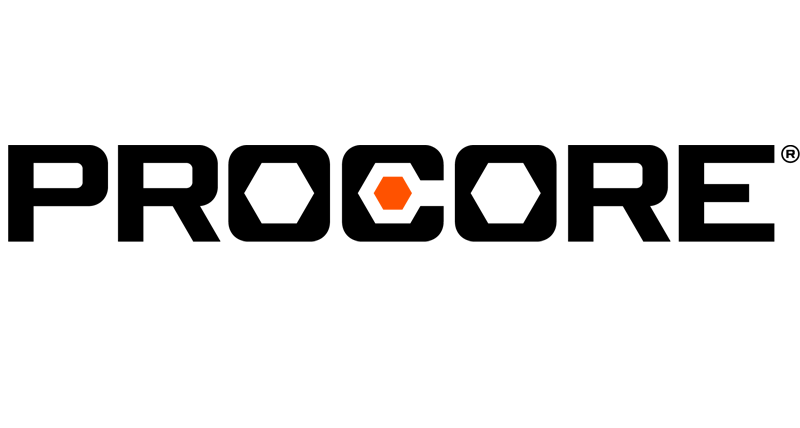
Procore
Procore is one of the most comprehensive construction management platforms designed to help builder…
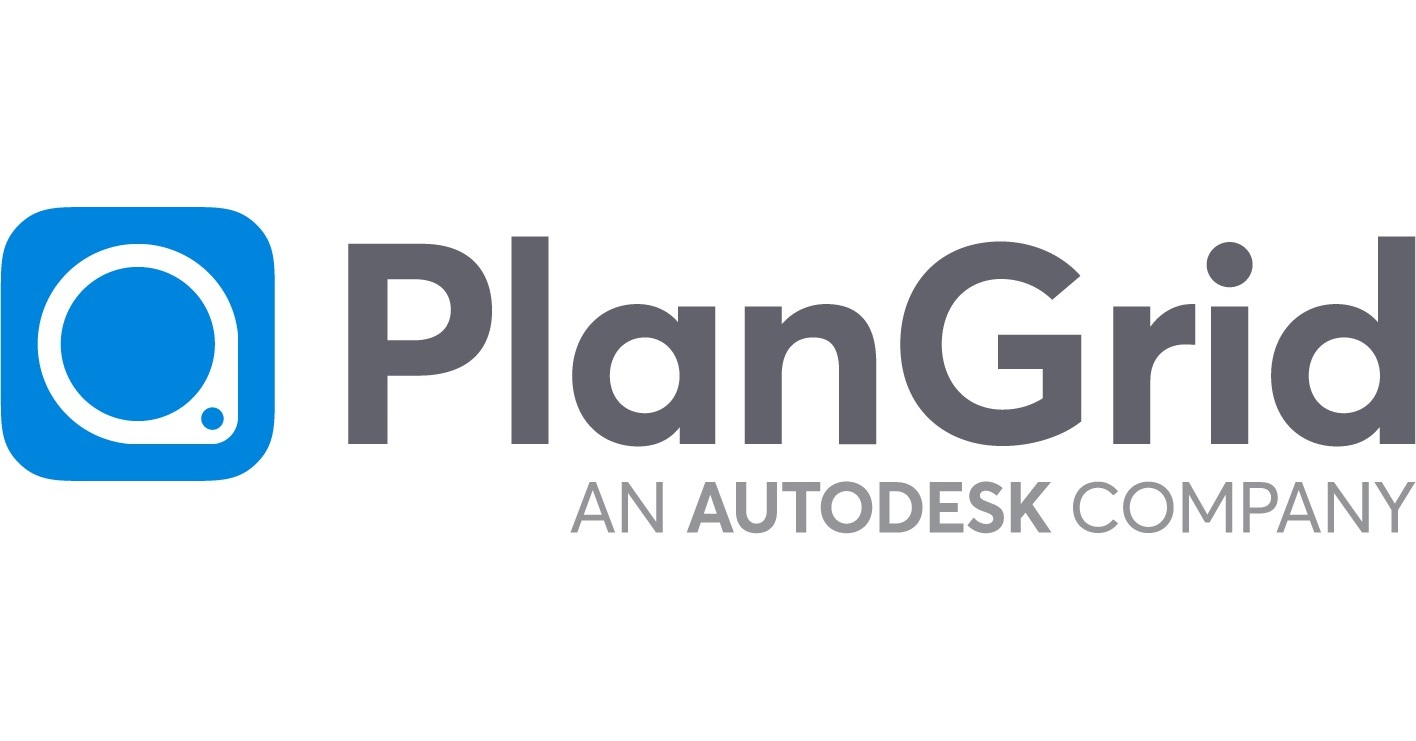
PlanGrid (by Autodesk)
PlanGrid, a product within Autodesk’s Construction Cloud suite, is a construction productivity soft…
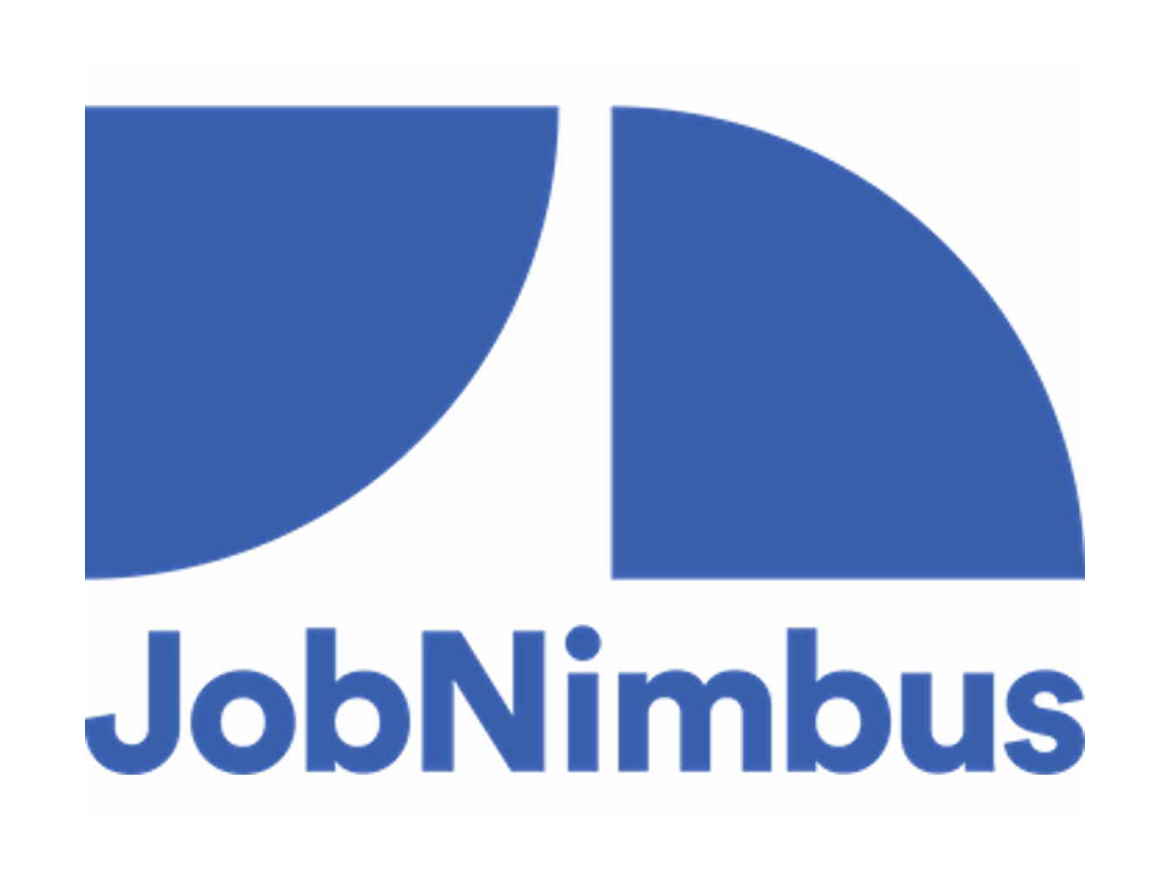
JobNimbus
JobNimbus is a cloud-based project management and CRM platform designed specifically for contractor…